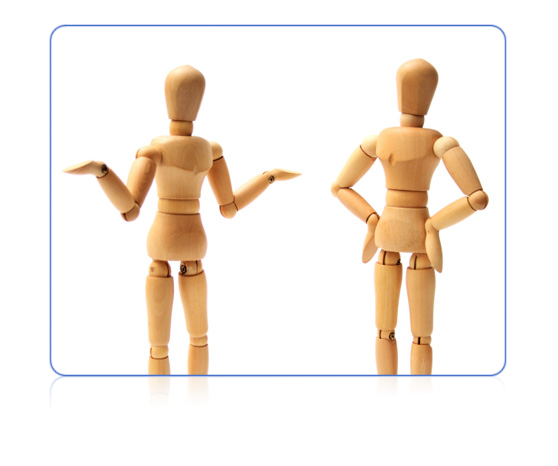
 Here are ten simple and powerful tips to help you have a super successful 2016.
Here are ten simple and powerful tips to help you have a super successful 2016.
By Carol Kinsey Goman, Ph.D
1) To make a great first impression, begin before you enter the room.
In business interactions, first impressions are crucial. Once someone mentally labels you as “likeable” or “untrustworthy, ”powerful” or “ineffectual,” everything else you do will be viewed through that filter. If someone likes you, she’ll look for the best in you. If she mistrusts you, she’ll suspect devious motives in all your actions.
A study at the University of Glasgow’s Centre for Cognitive Neuroimaging that discovered it takes the brain just 200 milliseconds to gather most of the information it needs from a facial expression to determine a person’s emotional state. That’s why you can’t wait until you’re in the meeting room to “warm up.” You’ve got to walk in, already expressing the emotions you want to project.
2) To dramatically increase your professional impact, make eye contact like Goldilocks.
Too much eye contact is instinctively felt to be rude, hostile and condescending; and in a business context, it may also be perceived as a deliberate intent to dominate, intimidate, belittle, or make the other person feel at a disadvantage.
Too little, on the other hand, can make you appear uneasy, insincere, or uninterested. In its analysis of patients’ complaints, for example, one large county hospital found, that 9-out-of-10 letters included mention of poor doctor-patient eye contact; a failure which was generally interpreted as “lack of caring.” (To improve your “too little” eye contact, make a practice of noticing the eye color of everyone you meet.)
“Just the right” amount of eye contact – the amount that produces a feeling of mutual likability and trustworthiness – will vary with situations, settings, personality types, gender and cultural differences. As a general rule, though, direct eye contact of about 60% of the time during a conversation – more when you are listening, less when you are speaking – makes you seem attentive, interested and informed.
3) To boost your self-confidence, ditch your cell phone and buy a newspaper.
You may be familiar with research from Harvard and Columbia Business Schools about the effects of expansive physical poses — feet wide apart, body erect, hands on hips (think “Superman” or “Wonder Woman”). Studies show that holding this kind of “power pose” for just two minutes raises testosterone levels (the hormone linked to power and self-confidence) and lowers the level of cortisol, a stress hormone.
But did you know that this hormonal effect is actually reversed when you tuck your chin in, round your shoulders and contract yourself physically? In that posture, you lower your testosterone level – and its corresponding feelings of confidence – while increasing cortisol.
So, instead of hunching over your smart phone, try leaving it in your purse or briefcase while you wait in the lobby for an upcoming meeting. Instead, take out a newspaper, and read it sitting up straight with your feet firmly on the floor, and your arms spread wide to hold the paper open. By putting your body into this expansive posture, you will not only feel more confident and certain when the meeting starts, you will also be perceived that way.
4) To build instant and lasting rapport, touch someone while saying “the magic word.”
Touch is the most primitive and powerful nonverbal cue. In the workplace, physical touch and warmth are established through the handshaking tradition, and this tactile contact makes a lasting and positive impression. A study on handshakes by the Income Center for Trade Shows showed that people are two times more likely to remember you if you shake hands with them. The trade-show researchers also found that people react to those with whom they shake hands by being more open and friendly.
You can, however, go beyond the handshake and create a lasting, positive impact by adding a single word to a brief touch, because touching someone on the arm, hand, or shoulder for as little as 1/40 of a second is enough to create a human bond. Here’s how to do it: When you meet someone and they tell you their name, find a way to repeat that name later in the conversation. And as you do, touch the person lightly on the forearm.
The impact of this combination comes from the fact that you have aroused positive feelings in an individual by remembering and using her name (the magic word for all of us), and as you touch her arm, those positive emotions get linked to your touch. Then at subsequent meetings you can reactivate that initial favorable impression by once again lightly touching your acquaintance’s arm.
5) To reduce resistance, don’t allow people to double-cross you.
People who are defensive, guarded or resistant may protectively fold their arms across their chests. And when you see that gesture coupled with crossed legs (what I call the “double cross”) you can be fairly sure that (a) you aren’t making a very positive impression, and that (b) what you’re saying isn’t being listened to very closely.
In fact, in one study, groups of volunteers were invited to attend a series of lectures. While doing so, the first group was instructed to keep legs and arms uncrossed – and to take a casual, relaxed sitting position. Volunteers in the second group were asked to attend the same lectures, but to keep their arms tightly folded across their chests. The result showed the folded arms group learned and retained 38 percent less than the uncrossed arms group.
To neutralize this physically expressed resistance in a one-on-one encounter, you could extend your hand for a handshake. You could offer the person a cup of tea or coffee, or give them your business card, brochure or product sample. (When I address large audiences, I often ask questions that invite people to raise their hands or rise to their feet.) It doesn’t matter which strategy you choose, just as long as people are obliged to change their postures, to uncross their arms and legs, in order to respond to you. Because body positions influence attitude, the mere act of unwinding a resistant posture will begin to subvert the resistance, itself.
6) To power up your thinking, talk with your hands – but watch what they say.
Brain imaging has shown that a region called Broca’s area, which is important for speech production, is active not only when we’re talking, but also when we wave our hands. Since gesture is integrally linked to speech, gesturing as you talk can actually power up your thinking. Whenever I coach clients to incorporate gestures into their deliveries, I find that their verbal content improves, their speech is less hesitant, and their use of fillers (“ums” and “uhs”) decreases. Experiment with this and you’ll find that the physical act of gesturing helps you form clearer thoughts and speak in tighter sentences with more declarative language.
Remember also to keep your movements relaxed and to use open arm gestures showing the palms of your hands — the ultimate “see, I have nothing to hide” gesture. In addition, if you hold your arms between your waist and shoulders, and gesture within that plane, most audiences will perceive you as assured and credible.
What you want to avoid (or at least minimize) are the nonverbal behaviors that make you look unsure or incompetent. We all do it. When we’re nervous or stressed, we tend to pacify ourselves with some form of self-touching: We rub our foreheads, massage our temples, wring our hands, touch our lips, play with our jewelry, twirl our hair, etc. — and when we do these things, we immediately rob our statements of credibility. If you catch yourself indulging in any pacifying behavior, take a deep breath, exhale slowly, and steady yourself by placing your feet firmly on the floor and your hands palm down in your lap or by your side, or flat on the desk or conference table.
7) To communicate effectively, stop talking.
Stillness sends a message that you’re calm and confident. When you are giving a presentation, don’t be concerned with filling every moment with words. Every so often, try pausing. It might feel like you are waiting for an eternity, but it won’t seem long to your listeners. Try it. It’s unexpected, it’s attention getting, it’s effective . . . very effective.
8) To raise your salary, lower your voice.
An acoustic scientist at UCLA studied the characteristics of charismatic voices and found that lower-pitched male CEOs made up to $187,000 a year more than higher-pitched peers.
In the workplace, the quality of your voice can be a deciding factor in how you are perceived. Speakers with higher-pitched voices are judged to be less empathic, less powerful and more nervous than speakers with lower pitched voices. One easy technique I learned from a speech therapist was to put your lips together and say “Um hum, um hum, um hum.” Doing so relaxes your voice into its optimal pitch. This is especially helpful before you get on an important phone call – where the sound of your voice is so critical.
And watch that your voice doesn’t rise at the ends of sentences, which makes you sound as if you are asking a question or seeking approval. Instead, when stating your opinion, use the authoritative arc, in which your voice starts on one note, rises in pitch through the sentence and drops back down at the end.
9) To power up your body language savvy, start with your feet.
When most people think about improving their body language, they focus primarily on facial expressions, posture, and hand gestures. Because feet go “unrehearsed,” they often tell more than you realize.
For example, if we were sitting and talking and your legs were stretched forward with your feet pointing at me – or If the toe of the leg that you crossed on top was pointing at me — I’d be pretty sure that we were relating well. But if you pulled your feet away in a tight ankle lock or wrapped them around the legs of your chair, I’d suspect that you were upset or uncomfortable.
And do you know that you often bounce your feet when you’re happy or excited? Bouncing or tapping feet are what professional poker players refer to as “happy feet” — a high-confidence tell signaling that a player’s hand is strong. You may be sending the same signal in a business negotiation when you feel you’re getting a good deal. But if your bouncing feet suddenly go still, it could be a sign that you’re unsure or waiting to see what will happen next – the equivalent of holding your breath.
It’s also fascinating to watch how people’s feet turn away from situations they want to avoid, and point in the direction they’d prefer to be. So, if you are speaking with a co-worker when you would rather be somewhere else, your upper body may be angled toward him, but your feet will most probably be turned toward the door.
Feet also have a lot to say about your self-confidence. When you feel insecure or anxious you may stand with your feet close together or with your legs crossed — or you might shift your weight from foot to foot. But when you widen your stance, and evenly distribute your weight on both feet, you look more “solid” and sure of yourself.
10)To keep your New Year’s resolutions, get a grip.
Research at the National University of Singapore and the University of Chicago found that participants who tightened their muscles – gripping their hands, fingers, calves or biceps – were able to increase their self-control. It was, however, also found that muscle tightening only helped with willpower when the choices the participants faced aligned with their stated goals. So make sure you know what you really want – then get a grip to help achieve it!
About the Author: Carol Kinsey Goman, Ph.D. is the author of “The Silent Language of Leaders: How Body Language Can Help – or Hurt – How You Lead.” The impact of body language on leadership effectiveness is a topic she addresses in keynote speeches and seminars on “The Power of Collaborative Leadership.” She can be reached at [email protected].



Leave A Comment
You must be <a href="https://www.psi-solutions.org/wp-login.php?redirect_to=https%3A%2F%2Fwww.psi-solutions.org%2Fbody-language-can-be-your-greatest-career-asset%2F">logged in</a> to post a comment.